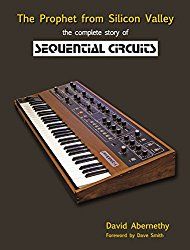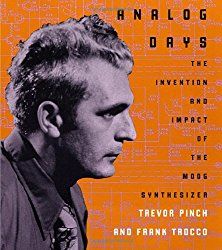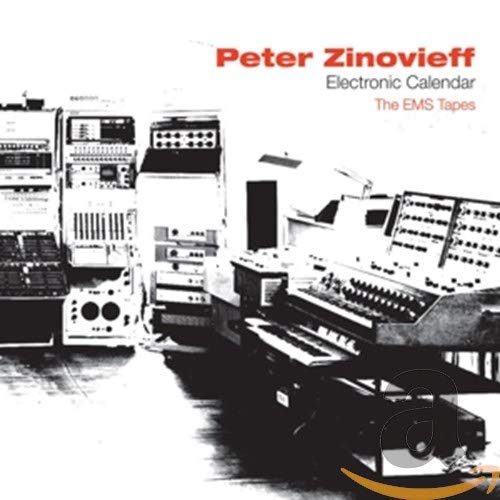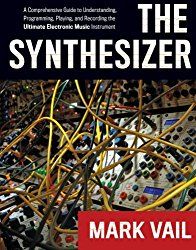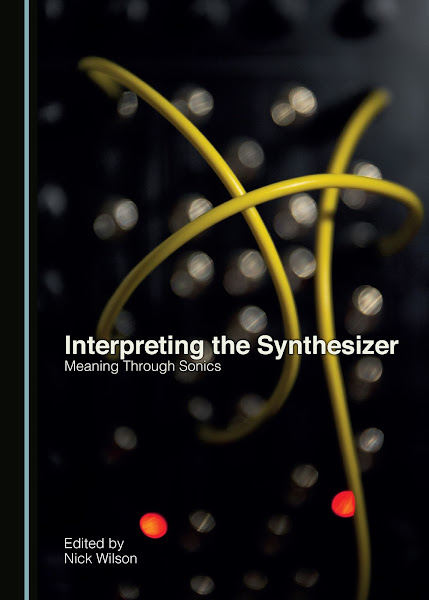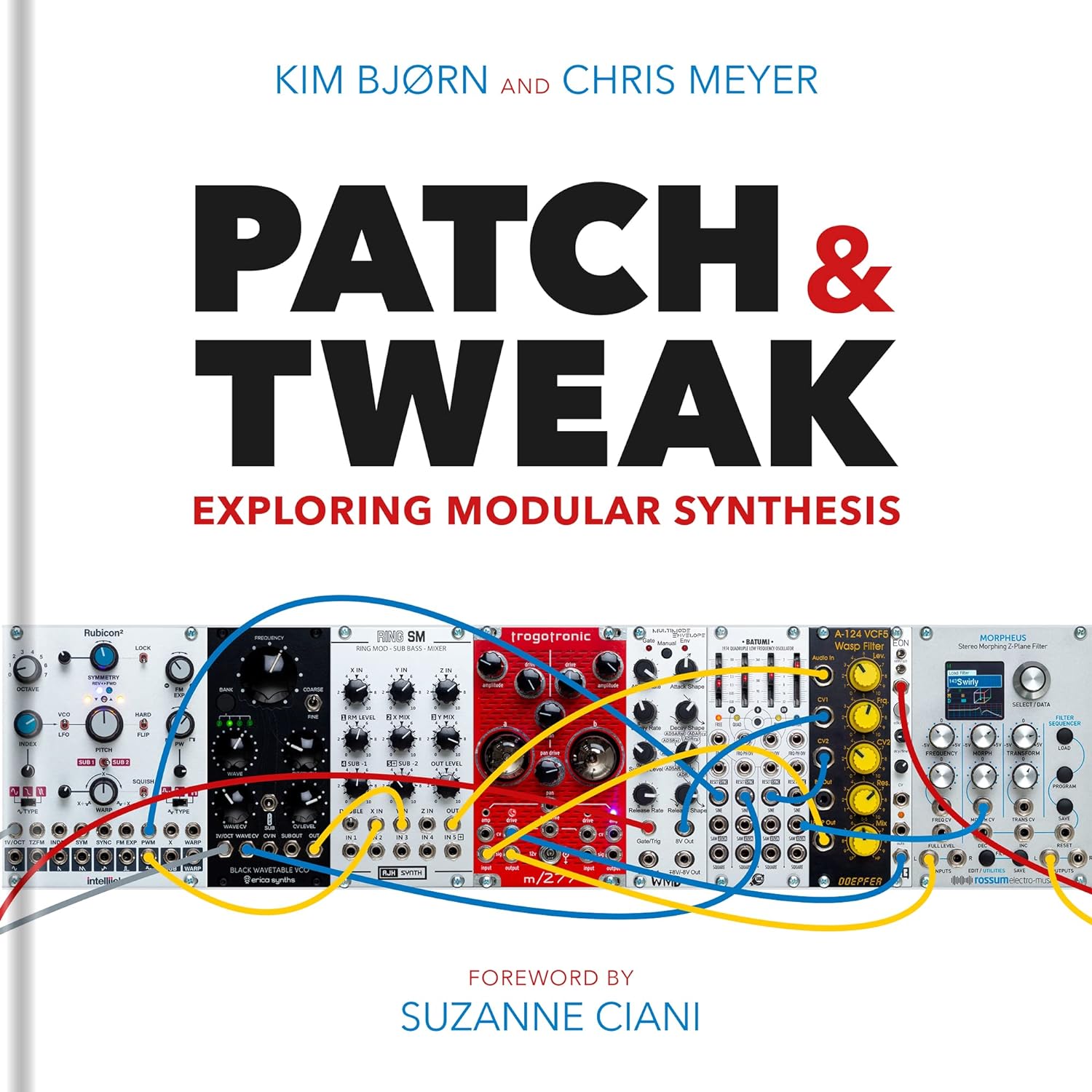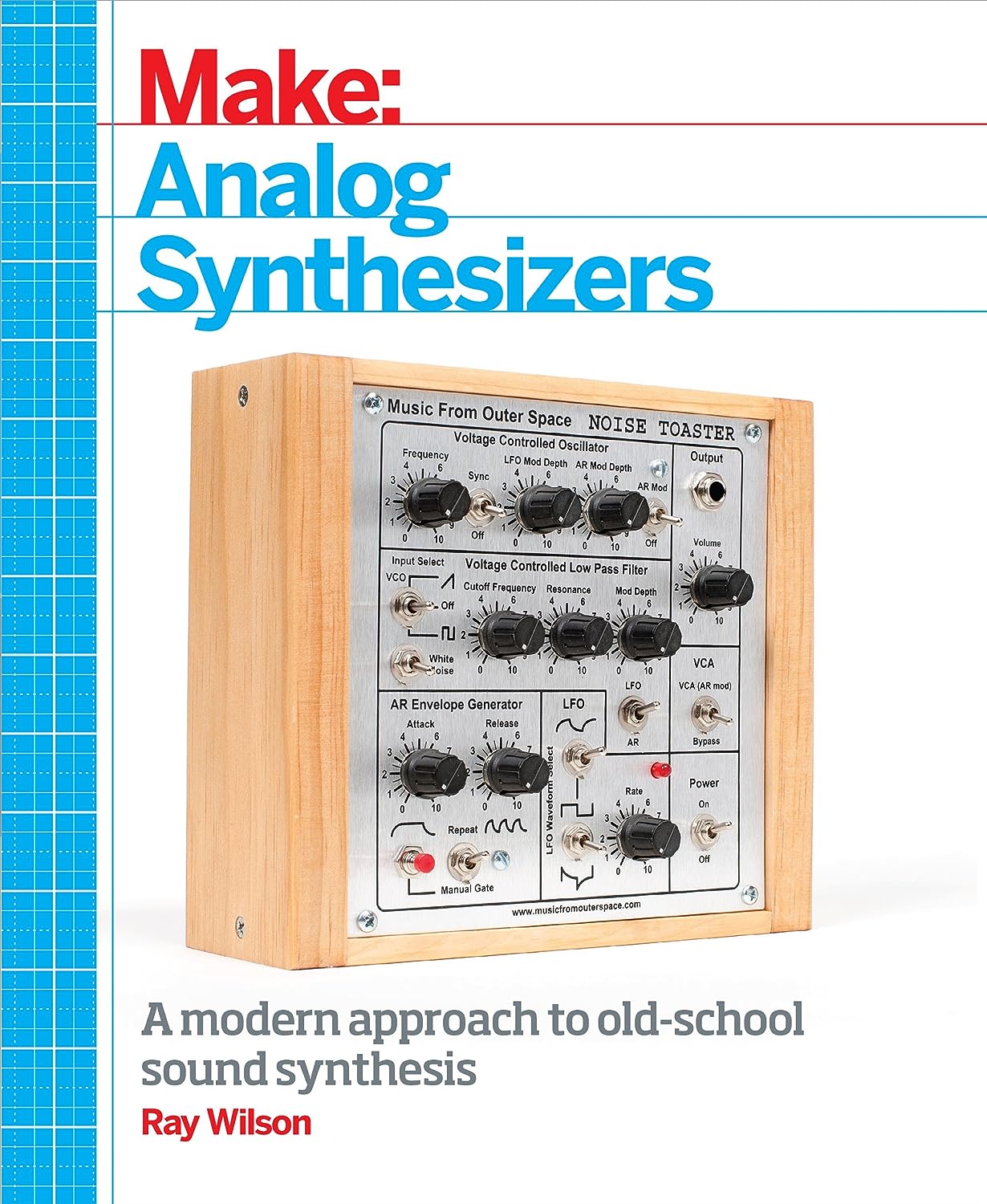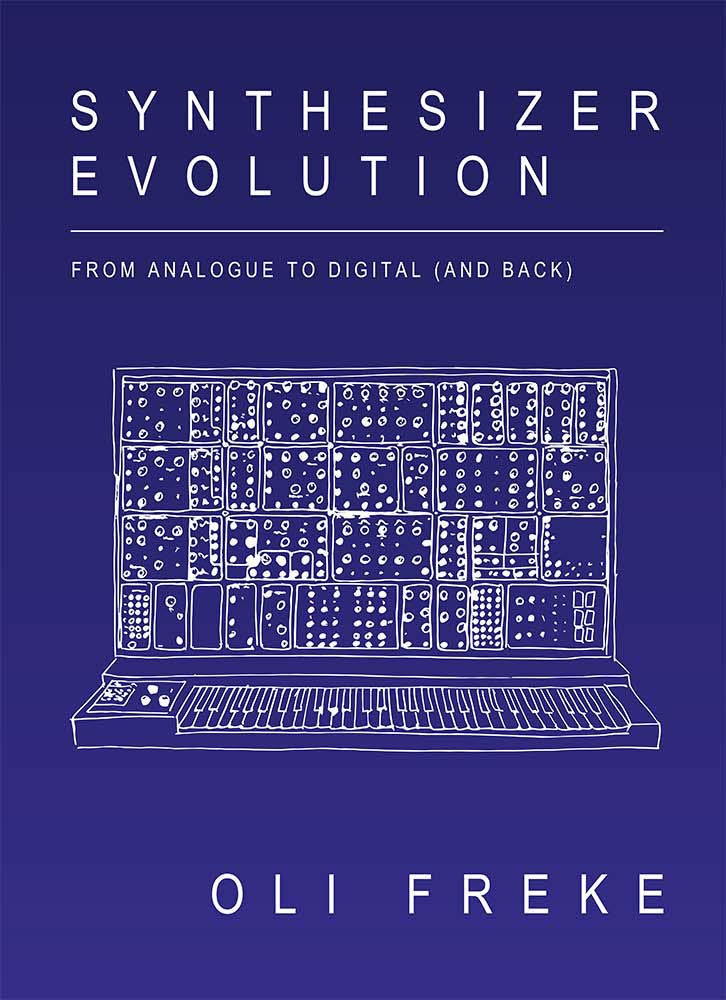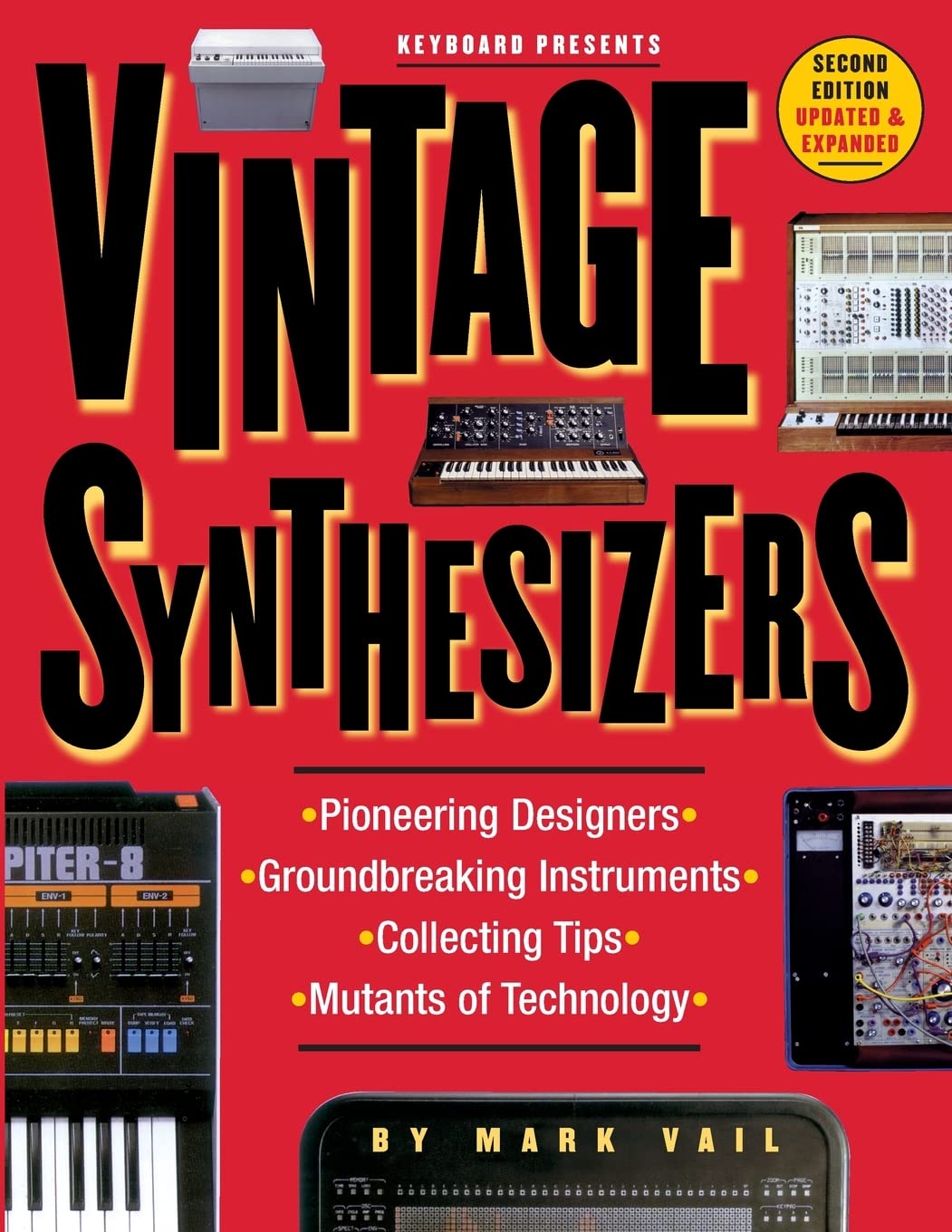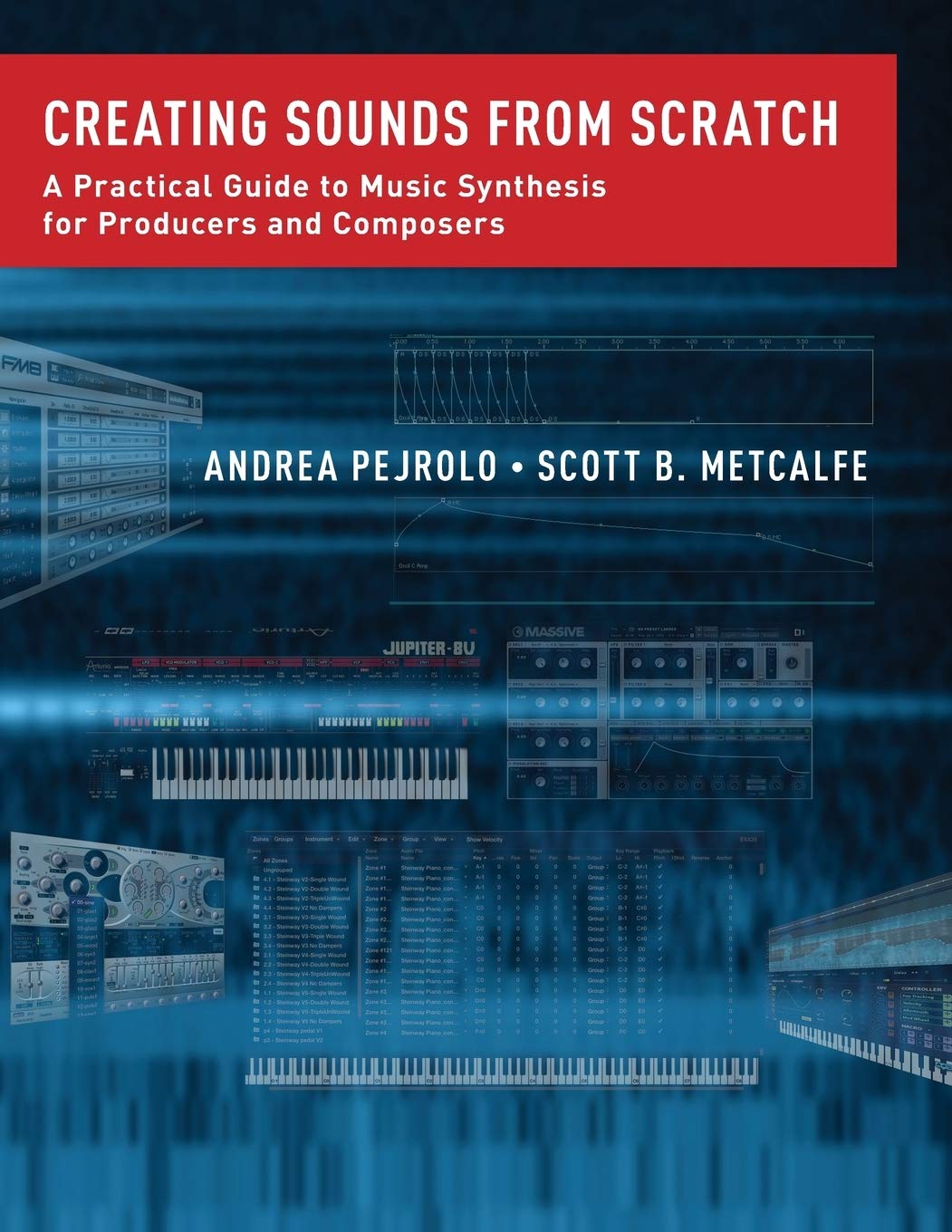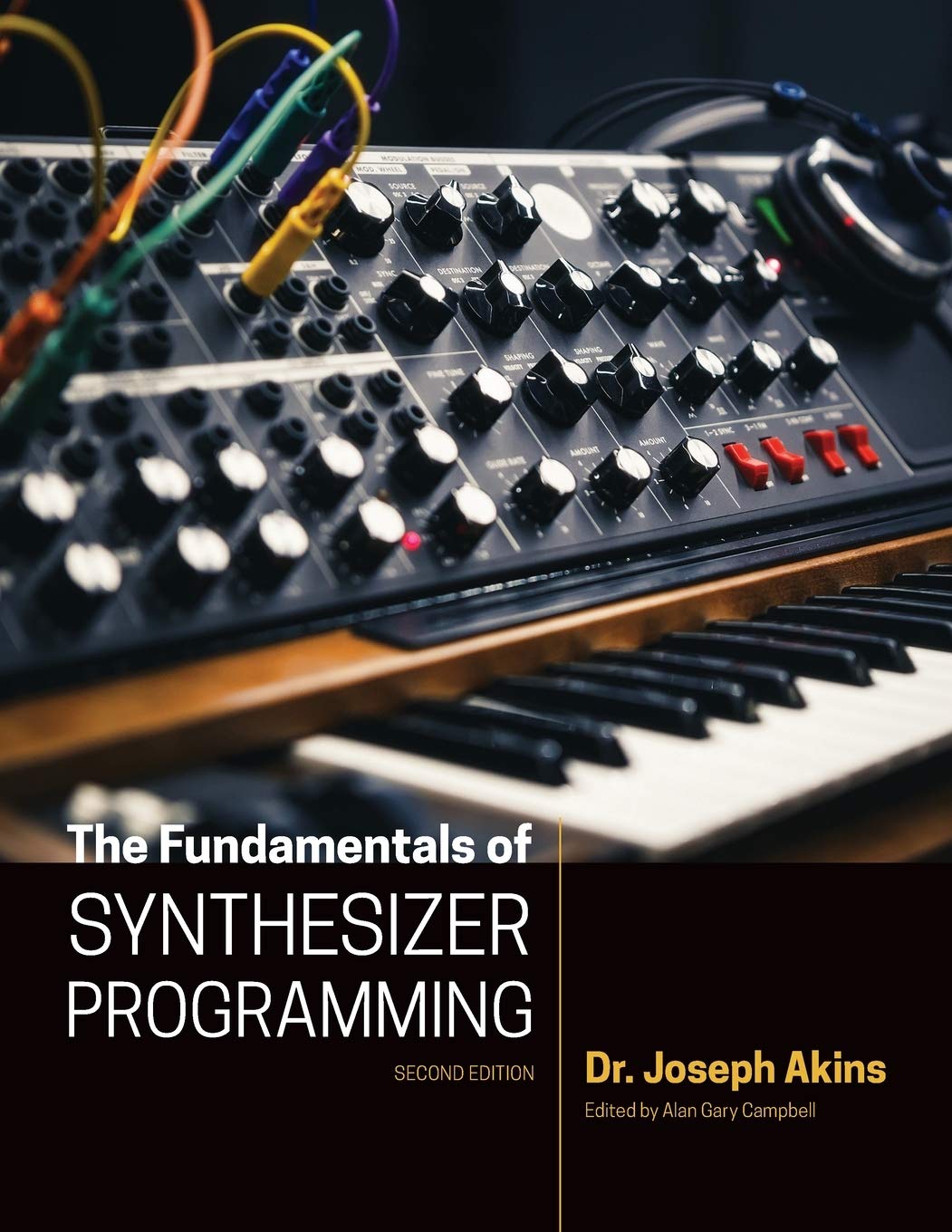 Remember this shot from this post? Below is a drone of the custom Oberheim SEM modular by Dennis.
Remember this shot from this post? Below is a drone of the custom Oberheim SEM modular by Dennis.download here
Also see this post.
EVERYTHING SYNTH
 Remember this shot from this post? Below is a drone of the custom Oberheim SEM modular by Dennis.
Remember this shot from this post? Below is a drone of the custom Oberheim SEM modular by Dennis. Title link takes you to AMAZONA.ed's ELKA Synthex Page in German. There are some nice pics and samples. You can find a Google translated version in Enlish here. Be sure to click on the keys link on the left when you get there for more synths, new and vintage.
Title link takes you to AMAZONA.ed's ELKA Synthex Page in German. There are some nice pics and samples. You can find a Google translated version in Enlish here. Be sure to click on the keys link on the left when you get there for more synths, new and vintage.
 Title link takes you to shots via this auction. The auction appears to be via the great Ruskeys site. If you haven't checked out Ruskeys yet, do it.
Title link takes you to shots via this auction. The auction appears to be via the great Ruskeys site. If you haven't checked out Ruskeys yet, do it. CONNECTIONS - phones; stereo out, mono (0dB, -20dB), ext control in - mono, poly; pedal (for volume & pitch shift)
CONNECTIONS - phones; stereo out, mono (0dB, -20dB), ext control in - mono, poly; pedal (for volume & pitch shift) Title link takes you to shots via this auction.
Title link takes you to shots via this auction.

 I love my wife!
I love my wife! "The Frankenbox is essentially an all-in-one synthesizer built for making distorted screeches, growls, and other awful noises. It includes two oscillators, a built in microphone, two audio inputs, a voltage controlled amplifier with ringmod capabilities, a voltage controlled lowpass filter, an LFO, and a sequencer. One oscillator includes a photocell and the other can be modulated by the LFO and the sequencer. There is a joystick that allows for frequency modulation of the oscillators. Each component was specifically designed with the intention of creating loud, rumbling sounds with crackling distortion over the top. The entire box, down the knobs, case, and LED color, was created exactly as requested. With 41 knobs and hundreds of ways to make the device interact with itself, an almost infinite number of sounds is possible."
"The Frankenbox is essentially an all-in-one synthesizer built for making distorted screeches, growls, and other awful noises. It includes two oscillators, a built in microphone, two audio inputs, a voltage controlled amplifier with ringmod capabilities, a voltage controlled lowpass filter, an LFO, and a sequencer. One oscillator includes a photocell and the other can be modulated by the LFO and the sequencer. There is a joystick that allows for frequency modulation of the oscillators. Each component was specifically designed with the intention of creating loud, rumbling sounds with crackling distortion over the top. The entire box, down the knobs, case, and LED color, was created exactly as requested. With 41 knobs and hundreds of ways to make the device interact with itself, an almost infinite number of sounds is possible." This is actually the cover to a DVD titled "Dave Smith: Synthesizer Pioneer." Title link takes you to more info on the Dave Smith Instruments site.
This is actually the cover to a DVD titled "Dave Smith: Synthesizer Pioneer." Title link takes you to more info on the Dave Smith Instruments site. Title link takes you to more info and images. Click on the Gallery link on the bottom of the page when you get there. There are some great shots. I purposely went with the "wtf-is-that" teaser shot for the post. Don't click unless you want the answer immediately.
Title link takes you to more info and images. Click on the Gallery link on the bottom of the page when you get there. There are some great shots. I purposely went with the "wtf-is-that" teaser shot for the post. Don't click unless you want the answer immediately. via this auction.
via this auction.
 Title link takes you to a great Emulator II site I found via this auction (posted on Matrixsynth-b).
Title link takes you to a great Emulator II site I found via this auction (posted on Matrixsynth-b).

 "It has one oscillator, 2 2-pole resonant LP filters (one for the synth preset, one for the brass preset), and four fixed (organ-style) filters. The 2 filters have VCAs built in, and each of the fixed filter circuits had its own VCA and (fixed) envelope generator. The brass voice and synth voice also had their own envelopes. The envelope attack and release controls affected the synth and brass VCA and VCF.
"It has one oscillator, 2 2-pole resonant LP filters (one for the synth preset, one for the brass preset), and four fixed (organ-style) filters. The 2 filters have VCAs built in, and each of the fixed filter circuits had its own VCA and (fixed) envelope generator. The brass voice and synth voice also had their own envelopes. The envelope attack and release controls affected the synth and brass VCA and VCF.
 resonant bandpass filter and dual distortion
resonant bandpass filter and dual distortion "also Ty of dispyz.com has an enormous data recovery bill on the way due to a head crash ( 3 years of work gone ) so he is "regrettably" selling off his Amnesio SL-0.131 prototype. he said just original cost and free shipping i think. you can get in touch with him via email at: dispyz (at) dispyz.com or through his MySpace site he will probably also be posting this in the forum so you can ask him questions if you want ( its like new ) but be nice because he’s using a borrowed PSP the get online, crazy. just thought i would give him a much needed hand and see if anyone is interested. the 131 has 2 lo-bit looping samplers and a passive analog ring modulator ( its a mingrod minus the octave up) all in one box."
"also Ty of dispyz.com has an enormous data recovery bill on the way due to a head crash ( 3 years of work gone ) so he is "regrettably" selling off his Amnesio SL-0.131 prototype. he said just original cost and free shipping i think. you can get in touch with him via email at: dispyz (at) dispyz.com or through his MySpace site he will probably also be posting this in the forum so you can ask him questions if you want ( its like new ) but be nice because he’s using a borrowed PSP the get online, crazy. just thought i would give him a much needed hand and see if anyone is interested. the 131 has 2 lo-bit looping samplers and a passive analog ring modulator ( its a mingrod minus the octave up) all in one box."
 Remember WintherStormer? Their new CD, Woodwork, officially comes out tomorrow. It features Terje's custom modular pictured in the previous post. Title link takes you to Terje's site where you will find more images, info and samples.
Remember WintherStormer? Their new CD, Woodwork, officially comes out tomorrow. It features Terje's custom modular pictured in the previous post. Title link takes you to Terje's site where you will find more images, info and samples.


 via this auction.
via this auction. Title link takes you to shots via this auction. BTW, if anyone reading this picks it up, be sure to check out the excellent Rhodes Chroma site and join the group. It really is a great resource and worthwhile group to join.
Title link takes you to shots via this auction. BTW, if anyone reading this picks it up, be sure to check out the excellent Rhodes Chroma site and join the group. It really is a great resource and worthwhile group to join. Chris put up a new Buchla 200e noodle titled TickTock. Title link takes you to the track, where you will also find previous 200e tracks by Chris.
Chris put up a new Buchla 200e noodle titled TickTock. Title link takes you to the track, where you will also find previous 200e tracks by Chris. Title link takes you there.
Title link takes you there. ac posted this image on AH. I asked him if it would be ok to put up a post here as a follow up to this post (and those linked in it), touching on the differences between the OB-X, OB-SX, and the OB-Xa. He gave the thumbs up. Thanks ac. This is a really nice shot of the board. Click on it to see the detail. You will see the following chips.
ac posted this image on AH. I asked him if it would be ok to put up a post here as a follow up to this post (and those linked in it), touching on the differences between the OB-X, OB-SX, and the OB-Xa. He gave the thumbs up. Thanks ac. This is a really nice shot of the board. Click on it to see the detail. You will see the following chips.
 Title link takes you to shots via this auction.
Title link takes you to shots via this auction. Title link takes you to shots via this auction. Not the biggest shots, but you don't see these often. If you are considering this or any other action I post, ALWAYS be sure to read the auction details in full. I only post the bits that interest me here and I DO NOT police auctions. Always check the comments to see what others say.
Title link takes you to shots via this auction. Not the biggest shots, but you don't see these often. If you are considering this or any other action I post, ALWAYS be sure to read the auction details in full. I only post the bits that interest me here and I DO NOT police auctions. Always check the comments to see what others say. 
